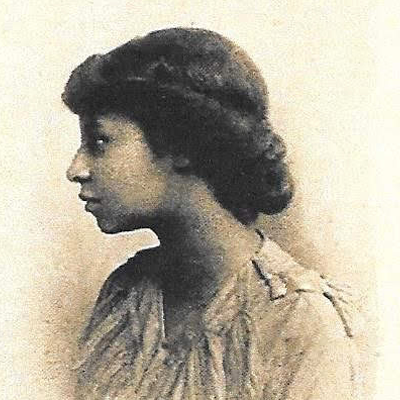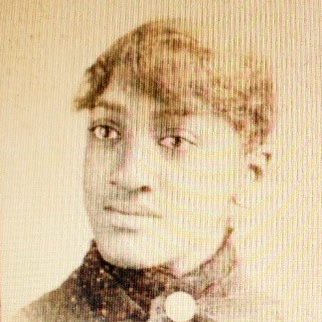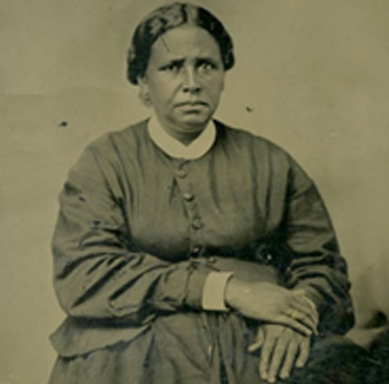New Bedford artist Frances Eliot Gifford (1844-1931) was recognized as an accomplished illustrator and celebrated for her representations of birds both alone and in landscapes. Her illustrations are included in Teddy Roosevelt’s 1885 book Hunting Trips of a Ranchman: Sketches of Sport on the Northern Cattle Plains. She was a student of New Bedford artist Robert Swain Gifford, whom she married in 1873.
An accomplished landscape artist, celebrated for her bird paintings, Frances Eliot Gifford (1844-1931) was born in New Bedford to Thomas Dawes Eliot, a lawyer and Congressman from New Bedford, and Frances Lincoln Brock Eliot of Nantucket. In addition to her paintings, Frances contributed illustrations to several magazines during the late 1800s.
Frances was one of eight children; her eldest sibling was author and entomologist Ida M. Eliot. Frances studied art at the Cooper Union Institute in New York City with Dr. William Henry Rimmer and in Boston with Samuel L. Gerry. She was also a student of well-known New Bedford artist Robert Swain Gifford, whom she married in 1873. Upon returning from a honeymoon tour of Europe, the couple resided in New York and summered in Nonquitt (Dartmouth). The Giffords also maintained a home at 70 Orchard Street in New Bedford.
![Frances Eliot Gifford, [Watercolor of rocky ledge, undated.], c. 19th century, watercolor on paper, Courtesy of New Bedford Whaling Museum A watercolor on a sketchbook page depicting a nature scene of a rocky ledge](https://historicwomensouthcoast.org/wp-content/uploads/2023/01/Frances-Eliot-Gifford.watercolor-191x300.jpg)
Frances was recognized for her representations of birds both alone and in landscapes. Her bird illustrations are included in Teddy Roosevelt’s 1885 book Hunting Trips of a Ranchman: Sketches of Sport on the Northern Cattle Plains. Her work was exhibited at the National Academy of Design in New York City at various times from 1869 through 1889 and at the Nonquitt Casino Show in September 1900.
The Frances Eliot Gifford Papers, a portion of the Robert Swain Gifford Papers at the New Bedford Whaling Museum Research Library, include correspondence, diaries, travel notes, poems; and biographical sketches of her father Thomas Dawes Eliot. Incoming correspondence includes letters from family and friends, letters expressing sympathy upon the death of her husband, thank you notes for requested authentication of her husband’s unsigned paintings. Outgoing correspondence includes her letters from Africa to family that reveal detailed descriptions of people, places, weather, and her husband’s work.
Frances Eliot Gifford’s work is on display at New Bedford Whaling Museum as a part of the Re/Framing the View: Nineteenth-century American Landscapes exhibition through May 14, 2023.
Ann O’Leary, Emily Bourne Research Fellow
Information from
-
Blasdale, Mary Jean. Artists of New Bedford: A Biographical Dictionary. New Bedford Whaling Museum, The Old Dartmouth Historical Society, 1990.
-
New Bedford Whaling Museum Research Library Mss 12. Robert Swain Gifford Papers. Sub-group 2: Frances Eliot Gifford Papers.
-
Waller, Aili. “A Marriage Ahead of Its Time: Robert Swain Gifford and Frances Eliot.” Vistas: A Journal of Art, History, Science and Culture, vol. 1, no. 1, Fall/Winter 2022, pp. 7-14.
![[Portrait of Frances Eliot], Gurney & Son New York, circa 1867, carte-de-visite, New Bedford Whaling Museum, 1981.34.5 A photograph of Frances Eliot Gifford. A time-weathered bust shot of a woman sitting and posing for a photograph.](https://historicwomensouthcoast.org/wp-content/uploads/2023/01/Frances-Eliot-Gifford-422x422.jpg)




